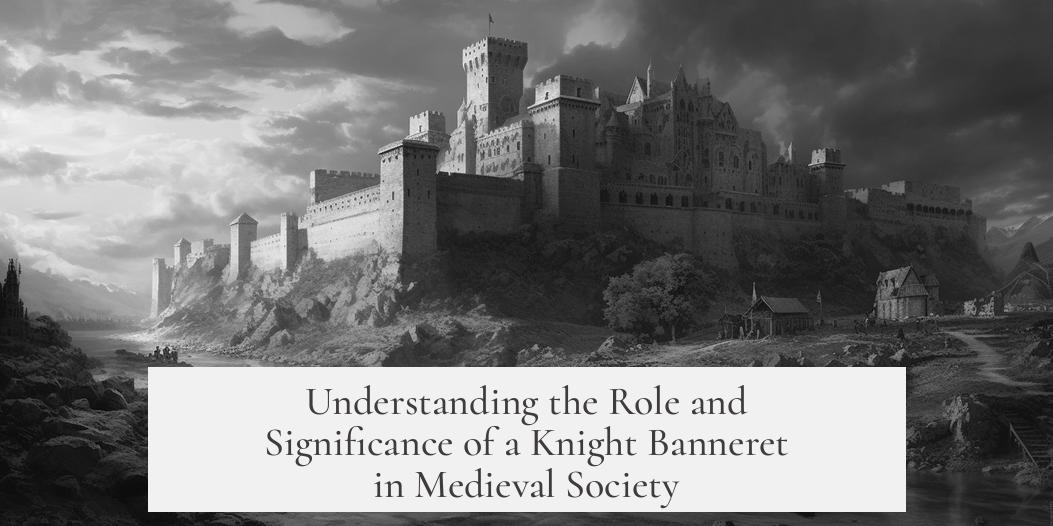A knight banneret is a knight elevated to command their own contingent in battle, granted the right to raise and lead a retinue of knights under their personal banner. This role marked a clear step up from a knight bachelor, reflecting increased military responsibility and trust. The title granted practical command authority rather than a mere honorific status.

Historically, a knight banneret held a military rank between an ordinary knight and higher nobility. They were authorized to gather and maintain a small force of knights and soldiers, acting as commanders during military campaigns. This was not simply ceremonial; it required financial means and leadership ability, since knights were costly to support.
The rank emerged gradually during the medieval period, becoming more formalized around the 13th century. Before that, knights with similar battlefield roles existed but were not officially styled as bannerets. For example, knights like Raymond Pilet from the First Crusade fulfilled this function, although the formal title had yet to develop.
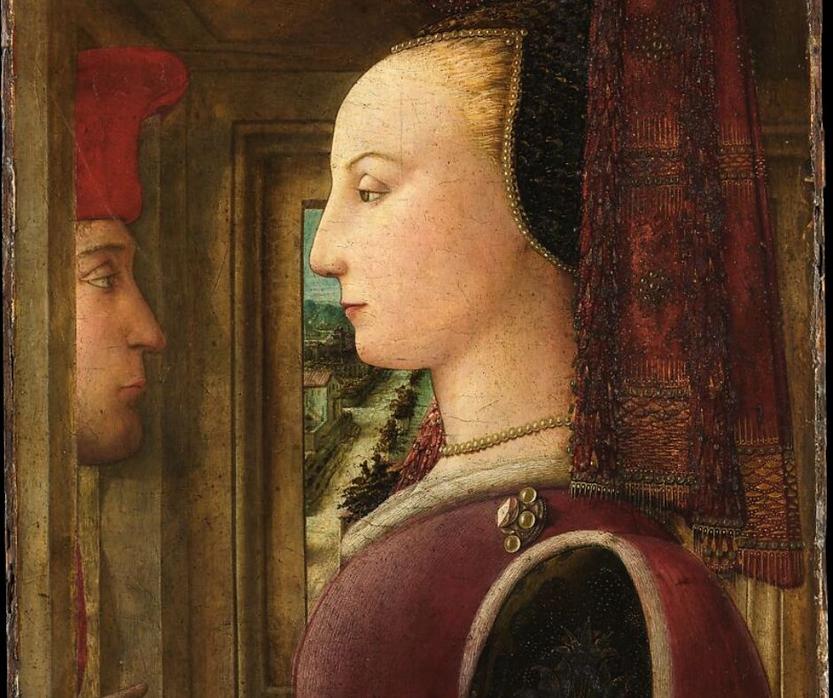
The distinguishing symbol of a knight banneret was the banner itself. Traditionally, the knight’s pennon had its pointed tip cut off, resulting in a square banner. This modification symbolized the new authority to lead troops independently, signifying elevated status on the battlefield. Receiving this banner marked a proud and important milestone in a knight’s career.
Unlike some noble titles linked closely to landholding, a knight banneret wasn’t necessarily a landed aristocrat. The title usually applied to knights who led their own retinue but did not possess other noble ranks. Although landed knights could also be bannerets, sources typically use the term to denote knights commanding troops without additional titles. The terminology varies with time and region, causing some ambiguity in historical records.
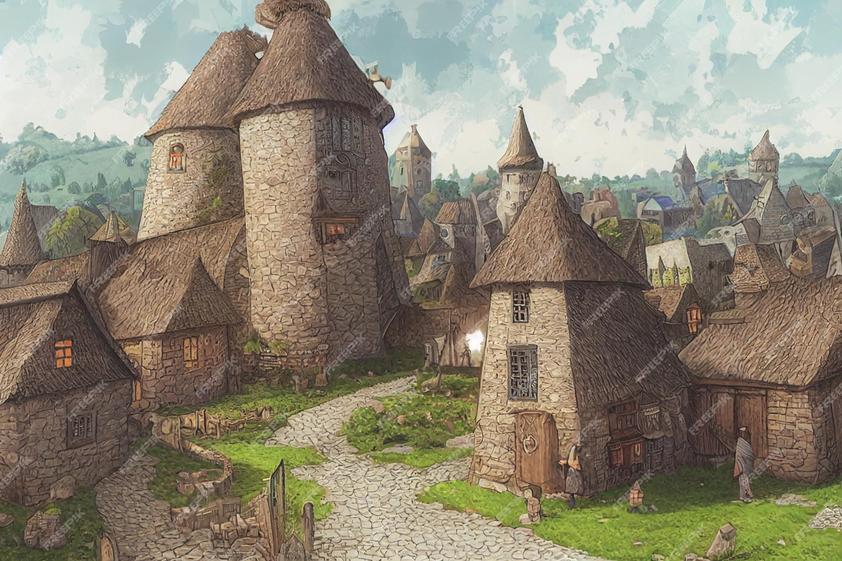
The role involved financial responsibility. While the promoting lord often provided a stipend or allowance, the knight banneret had to raise, equip, and maintain their forces personally. This economic burden explains why some knights might have declined or not exercised the right to lead a retinue, despite having the rank.
In feudal military musters and army descriptions, knights banneret frequently appear as a specific category. For instance, records might reveal that a noble brought a contingent of knights, specifying how many among them were bannerets. The size of the forces each banneret commanded varied widely—some showed up alone; others led a dozen or more knights under their banner. This flexibility illustrates the variable nature of medieval military command structures.
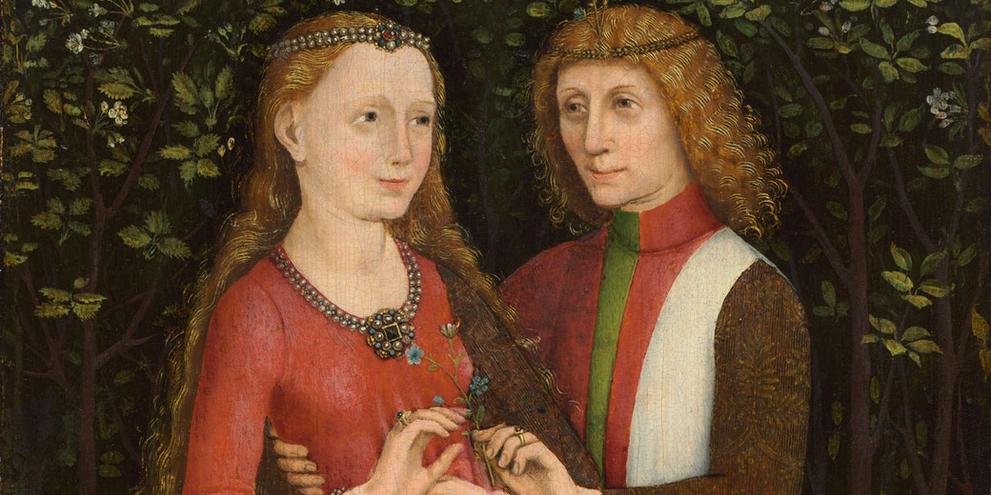
Over time, as the feudal system and knightly warfare evolved, the practical military importance of knights diminished. The term “knight banneret” gradually acquired a more ceremonial or honorific connotation in many regions. Nevertheless, during its height from the 11th to the 14th centuries, the title signified active leadership and military command.
Historians sometimes apply the term retrospectively, describing any knight capable of commanding troops without hereditary titles as a banneret, even where the formal rank was absent. This practice contributes to some confusion in medieval studies but reflects the role’s functional reality.
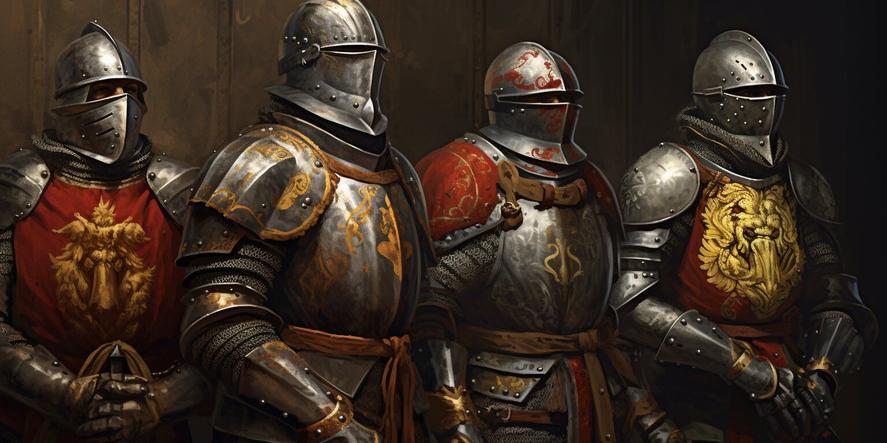
| Aspect | Description |
|---|---|
| Definition | Knight appointed to command their own contingent, authorized to raise and lead knights in battle. |
| Military Role | Middle rank between knight bachelor and nobility, acting as tactical leader. |
| Symbol | Square banner formed by cutting off the pointed tip of the knight’s pennon. |
| Financial Aspect | Maintained their retinue at personal or sponsored expense; sometimes given allowances. |
| Land Ownership | Generally not a landed noble; title for knights with followers but without other titles. |
| Historical Variation | Title formalized in 13th century, earlier analogous roles existed. |
| Later Usage | Became increasingly honorific as knightly warfare changed. |
The knight banneret represented a blend of military authority, social advancement, and practical command. Their role was crucial in feudal military organization, linking personal loyalty and battlefield leadership. This rank underscored the importance of leadership skills and resource management in medieval warfare.
- A knight banneret commanded their own knights in battle.
- The title conferred the right to raise a personal retinue.
- They carried a square banner, symbolizing their status.
- This rank was a promotion above knight bachelor.
- Bannerets had financial responsibilities to maintain troops.
- The term’s meaning varied by time and region.
What Was a Knight Banneret? A Deep Dive into Medieval Military Rank and Honor
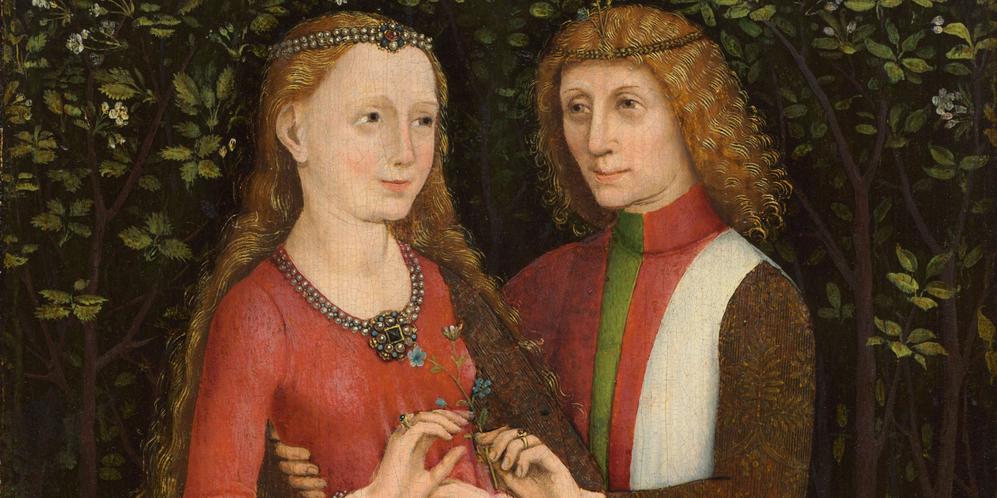
Simply put, a knight banneret was a knight who earned the right to raise and command their own troops on the battlefield. This was not just a fancy title or a nod of respect—it came with real military authority and responsibilities. But what does that really mean? Let’s unravel this fascinating medieval rank step by step.
Imagine medieval armies bustling with knights, each eager to prove valor and loyalty. Among them, the knight banneret stands out—not only for fighting skill but for leadership. Unlike a regular knight, who fights mostly under another’s command, a banneret gets to wave their very own banner and lead a group of knights or soldiers.
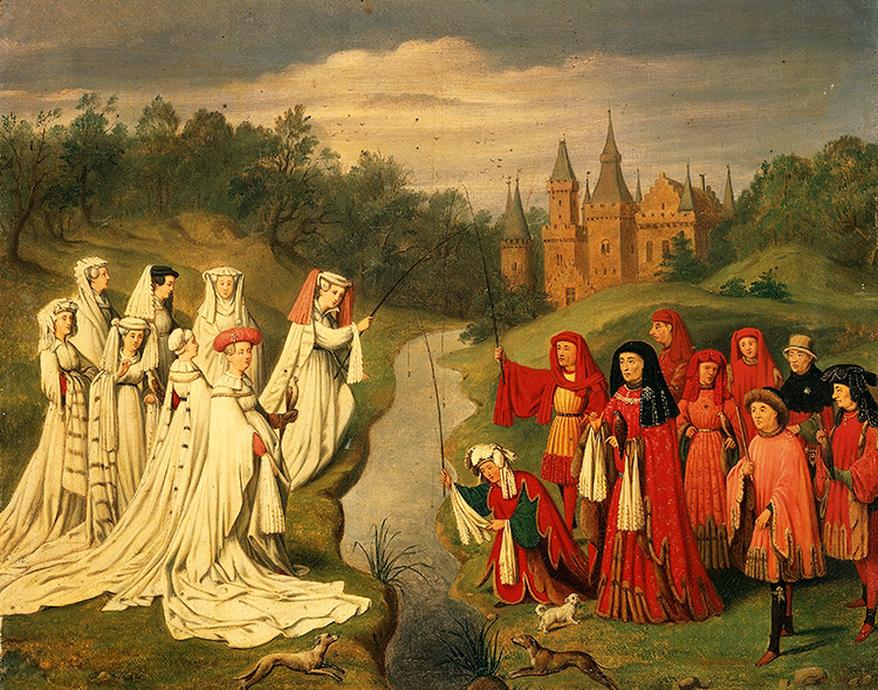
The Role and Responsibility of a Knight Banneret
A knight banneret isn’t just a warrior; they are miniature commanders. The defining feature is that they have permission to raise and command their own contingent. This military rank shines brightest on the battlefield, where strategy and coordination matter.
However, owning followers isn’t automatic. Bannerets had to muster their own retinue—an often pricey endeavor. Knights are expensive to maintain, armored and mounted on horses, trained, and equipped. Not every banneret exercised this right, usually because their purse strings were tight.
Think of it like being promoted from a team player to a team captain—but now the captain has to recruit, equip, and pay the team out of pocket. Lucky bannerets could sometimes count on a lord’s financial support to help cover the costs of raising troops, but generally, it was a hefty personal investment.
The Banner: Symbol of Trust and Command
The origin of the banneret’s name is pure symbolism. When a knight was promoted, the tip of their pennant was cut off to create a square banner. This small act visually marked the knight’s new status—the right to lead.
This moment was a proud milestone: the knight literally got a new flag to wave, a visible badge of trust and authority from their lord. Imagine the knight standing tall, his square banner fluttering in the wind, signaling his command. No wonder historians and enthusiasts alike agree this was a defining feature of the rank.
Beyond the Title: Command, Social Status, and Financial Burden
Here’s a key point—being a knight banneret wasn’t just an honorific title. Between the 11th and 14th centuries, it meant actual duty. The banneret had to raise, maintain, and lead their retinue. There was no royal paycheck—just the banner and a burden.
Still, lords often helped with financial allowances to sweeten the deal. It was effectively a promotion, handing a knight the right and responsibility to field their own troops.
This rank also signified a step up from “knight bachelor,” typically a younger, less experienced knight. However, the actual prestige and autonomy of bannerets varied widely, depending on the era and region. In some cases, a banneret might be a significant local power; in others, just a modest commander.
A Complex Place in the Medieval Hierarchy
Was a banneret a noble? The title didn’t inherently come with land or aristocratic prestige, although some bannerets were landed knights. Technically, any knight with the right to field troops could be a banneret, but landed knights usually held higher noble titles.
This blurs the line between military rank and social class. The term’s usage varies with time, place, and the whims of historical scribes and modern historians alike. For example, knights who commanded troops without formal titles might be retrospectively called bannerets, even before the title formally existed in the 13th century.
Historical Examples and Usage
Take Raymond Pilet, a knight from the First Crusade. Historians sometimes label him a banneret, acknowledging he fit the role even before the title was official. From medieval muster rolls, bannerets are often listed separately, indicating their importance on the battlefield.
Some nobles’ retinues might include several knights, with a few designated as bannerets, highlighting their leadership. The number of followers they brought could be just one or a dozen—financial means and circumstance dictated their capacity.
It’s common for medieval records to describe armies with statements like: “Lord Standin brought 12 knights, 3 of whom were knights banneret.” This matter-of-fact note hints at the banneret’s role as a middle tier—leaders within the larger knightly ranks.
Why Does This Matter? Practical Lessons from the Knight Banneret
Understanding the knight banneret unlocks insights into medieval warfare, social structure, and even leadership today. Here are a few takeaways:
- Leadership Is a Responsibility, Not Just a Title. The knight banneret had to fund, equip, and lead troops, illustrating leadership requires actual effort and resources.
- Symbols Matter. That square banner wasn’t just decoration—it was a trust badge, signaling authority on the battlefield.
- Social Mobility Was Possible But Complicated. Promotion from knight bachelor to banneret marked advancement but came with challenges—like financial burdens and political backing.
Modern readers might relate this to rising ranks in organizations where titles come with budget responsibilities—not every promotion is just about prestige.
Wrapping Up the Banneret Tale
To sum it up: a knight banneret was a knight promoted to command their own followers in battle, symbolized by a distinctive square banner. This promotion meant real command duties and required the knight to raise and maintain troops, often supported financially by their lord. The rank occupied an ambiguous place in the medieval hierarchy—usually above knight bachelor but below nobility with land. Its significance shifted across time and region, transitioning over centuries from active military role to a more honorific status.
The knight banneret stands as a fascinating example of medieval leadership blending martial prowess, social rank, and financial muscle. They were the tactical middle managers of their day, entrusted with banners and responsibility alike.
So next time you see a knight in a movie holding a banner, remember: in real medieval life, that small flag represented a big deal—command, trust, and a hefty bill to pay!

